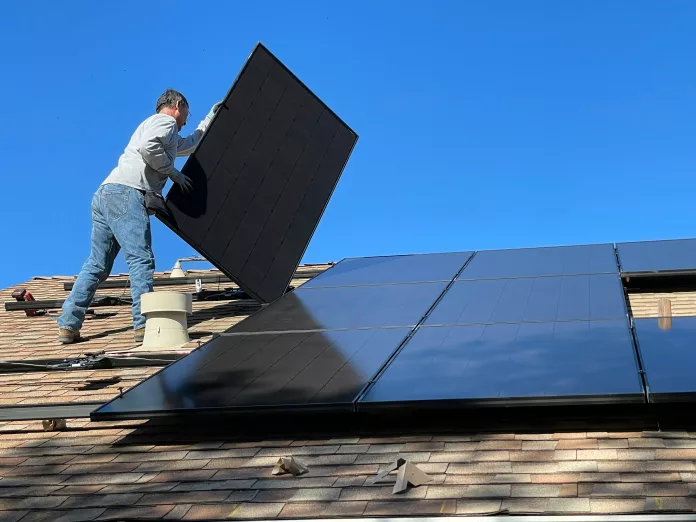As we pivot to green energy sources, attention zooms in on distributed energy resources (DERs), and leading the charge is solar photovoltaic (PV) technology. Amidst calls for cutting carbon emissions, a new luminary takes the stage—the Distributed Energy Resource Cybersecurity Framework (DER-CF). Launched during the 2023 IEEE Power and Energy Society’s Innovative Smart Grid Technologies conference, this leap forward has been highlighted in a paper by National Renewable Energy Laboratory (NREL) researchers, emphasizing the need for fortified security measures in solar energy systems.
Protecting the Energy Grid of the Future
In the wake of an evolving global energy terrain, safeguarding behind-the-meter DERs becomes crucial. The intricate web of the United States’ energy framework spells out an urgency for heightened cybersecurity. With a stunning 90 GW worth of DERs, including a substantial number of home solar installations, the country is on course for ramping up defenses against digital onslaughts.
A Digital Armor for Energy Assets
The DER-CF stands as a testament to NREL’s ingenuity, backed by the U.S. Department of Energy’s Federal Energy Management Program. This ground-breaking, freely available model presents asset managers with an intuitive way to gauge their cybersecurity readiness within DER ecosystems. Comprising of self-evaluation tools, an interactive dashboard for tracking advancements, and visual aids, the DER-CF is set to revolutionize the resilience of renewable energy systems against the tide of cyber risks.
Unveiling the Safeguards for Solar PV Systems
In an insightful dissection, the paper looks at the distinct aspects of behind-the-meter solar PV setups and applies the National Institute of Standards and Technology Cybersecurity Framework to them. It details specific cybersecurity measures for components such as inverters and control areas while embedding essential protocols like user account and system configuration management. Moreover, it rolls out an array of best practices that extend across the entire spectrum of renewable resources.
The Dawn of Upgrades and Tool Enhancements
NREL is dedicated to refining the DER-CF utility, aligning it closely with the preferences of both government and industry players. Enhancements to the tool now endow users with the capability to handle multiple organizational assessments, complete with asset and function mapping aids. These increments bolster the organizational insight into vital energy assets.
Another NREL initiative, the Distributed Energy Resource Visual Emulator (DER-VE), promises to elevate the functionalities of the DER-CF. By providing visual depictions of a site’s compliance with cybersecurity regulations, this budding tool, developed collaboratively with the Advanced Research on Integrated Energy Systems Cyber Range, adds an immersive dimension for facilities’ energy managers to gauge their systems’ alignment with security standards.
This proactive strategy is designed not just to bolster comprehension but to actively involve participants in the cybersecurity improvement purview, securing a more effective and beneficial partnership.
Charting the Course for Widespread Energy Protection
DER-CF is poised to transcend its use within governmental sectors and cast a ripple effect across the expansive energy domain. NREL’s ambitious roadmap involves creating dynamic, tailor-made assessments for particular DER infrastructures, enabling comparative audits to track performance trajectories, and fusing with other capabilities within NREL for a more comprehensive analysis of interconnected systems.

























